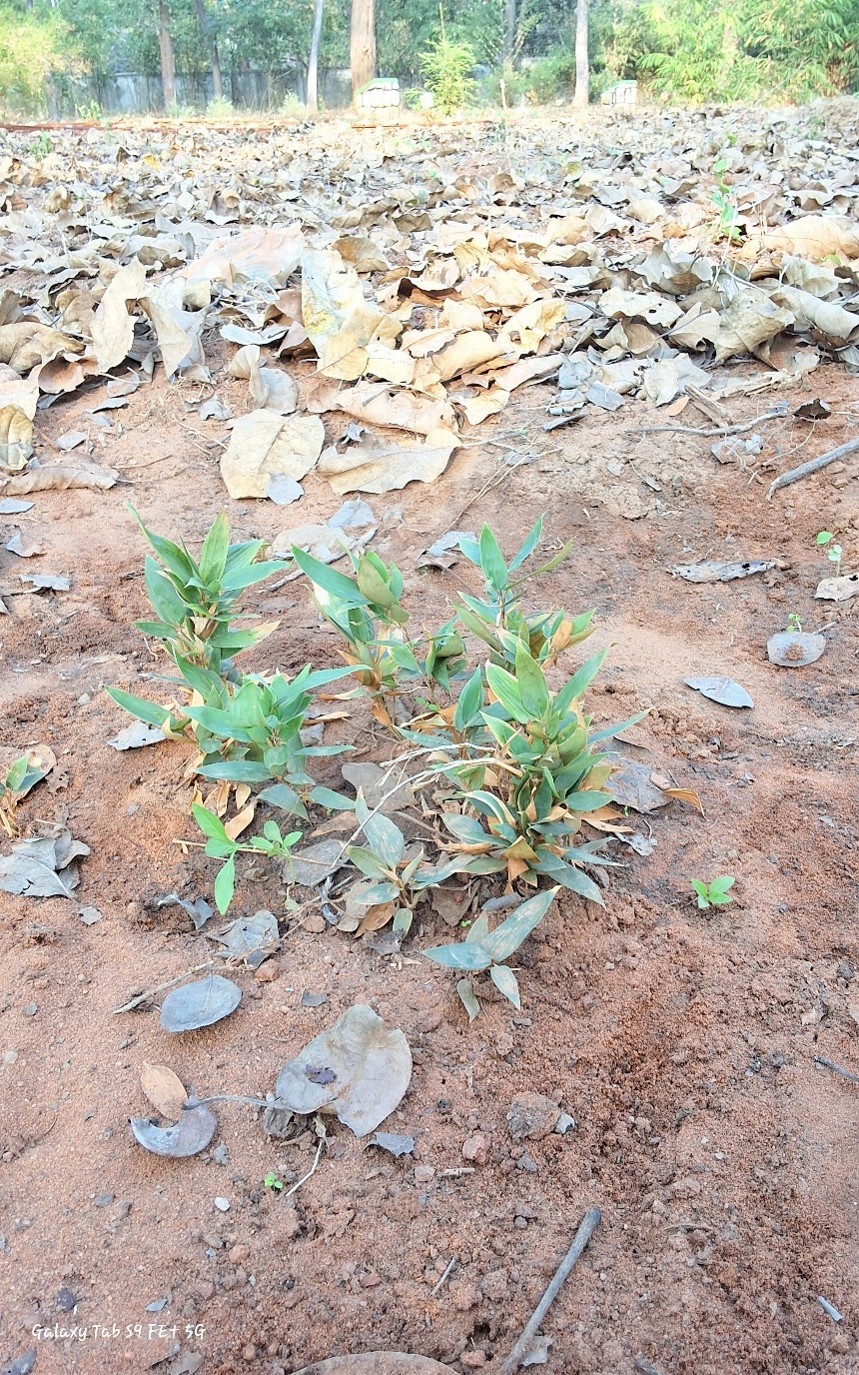Dendrocalamus Chinensis

Dendrocalamus Chinensis
Dendrocalamus chinensis, commonly known as Chinese Bamboo, belongs to the family Poaceae, widely known as the grass family. This species is native to Southeast Asia, particularly China, Thailand, and Vietnam, where it is valued for its robust growth and versatility.
This large, clump-forming bamboo typically grows to a height of 20 to 30 meters, with culm diameters ranging from 10 to 20 cm. The internodes are 25 to 50 cm long and thick-walled, contributing to its strength and durability. The culms are straight, smooth, and light green, often covered with a powdery coating when young.
Ecologically, Dendrocalamus chinensis plays an essential role in soil conservation and reforestation. Its extensive root system helps prevent soil erosion, particularly on slopes and riverbanks. It also contributes to carbon sequestration and improves soil fertility, making it a valuable species for degraded land restoration.
Dendrocalamus chinensis has significant economic and practical applications. Its sturdy culms are extensively used in construction, including scaffolding, house frames, bridges, and fencing. It is also employed in making furniture, mats, baskets, and other utility items. In addition, its shoots are edible and highly regarded in local cuisines, contributing to food security in rural areas.
This bamboo thrives in a variety of soil types, including loamy, sandy, and clayey soils, with a pH range of 5.0 to 7.5. It prefers warm, humid climates with annual rainfall between 1500 and 3000 mm. It can be found at altitudes ranging from sea level to 1500 meters, showcasing its adaptability to diverse environmental conditions.
Propagation of Dendrocalamus chinensis is typically achieved through rhizome or culm cuttings, as its flowering cycle is lengthy and irregular. Tissue culture is also used for large-scale propagation, particularly for plantation and commercial purposes.
Like most bamboo species, Dendrocalamus chinensis is monocarpic, flowering once in its lifetime before dying. The gregarious flowering cycle occurs approximately every 40 to 80 years, with sporadic flowering being relatively uncommon.
Dendrocalamus chinensis is a versatile and valuable bamboo species, widely recognized for its strength, utility, and ecological importance. Its role in construction, agriculture, and environmental sustainability underscores its significance in both traditional and modern contexts.
Listen Audio:
Need assistance? BRTC Faculty